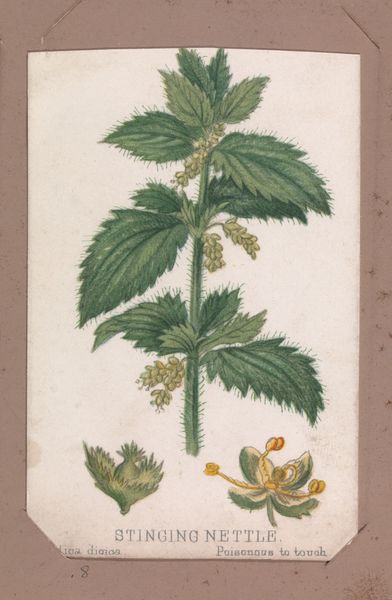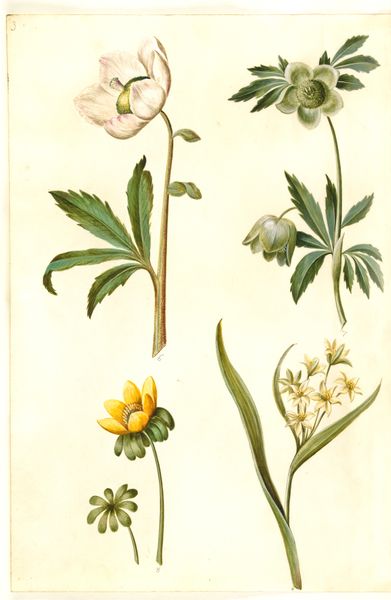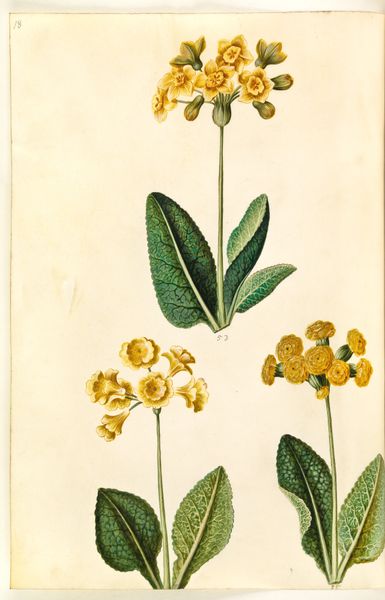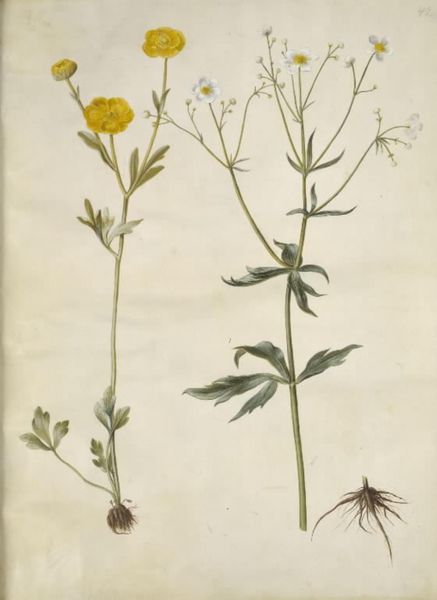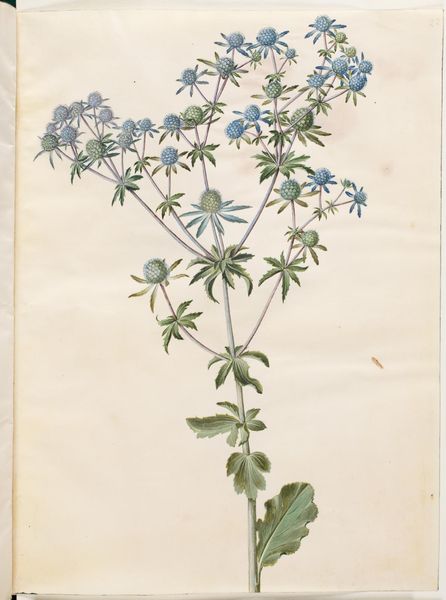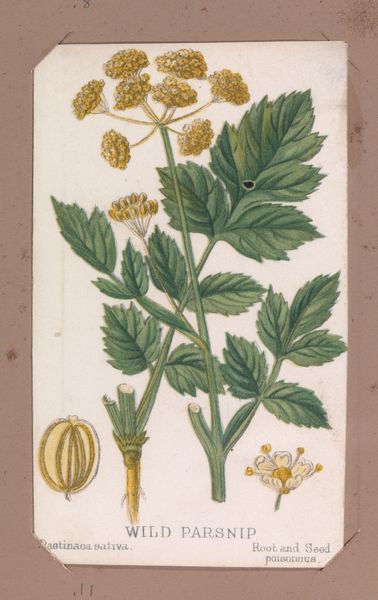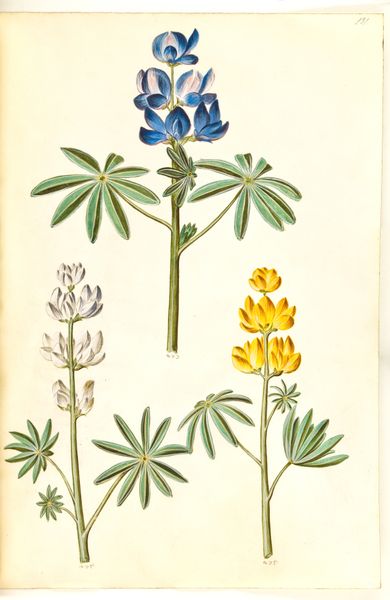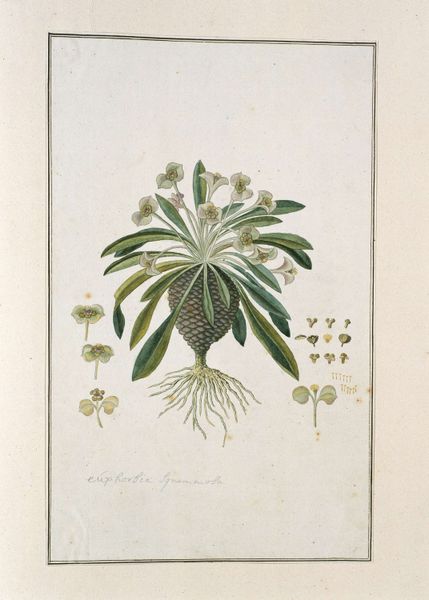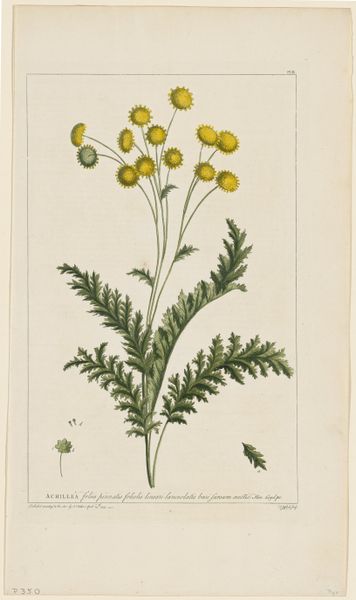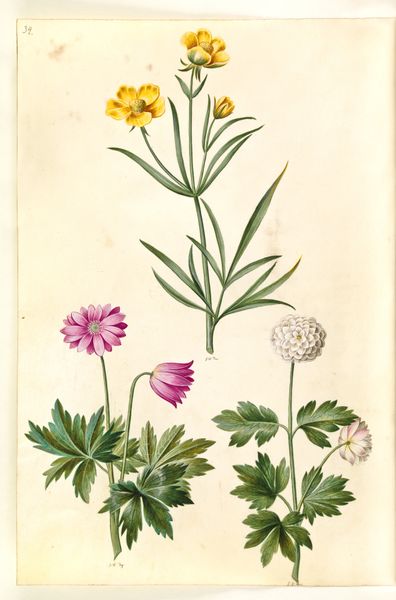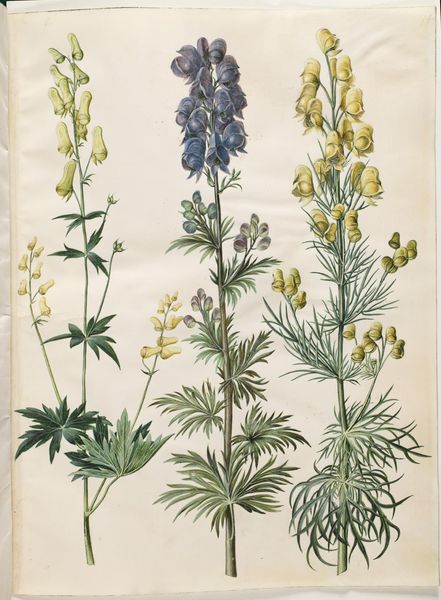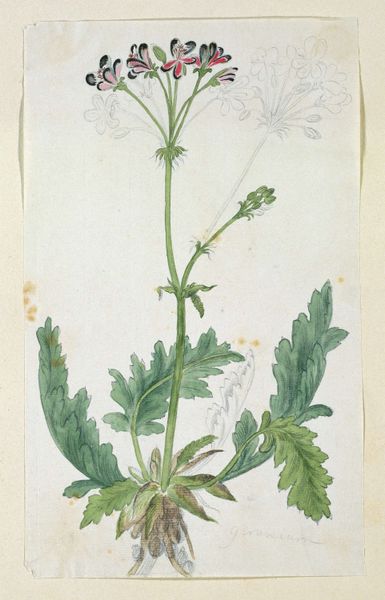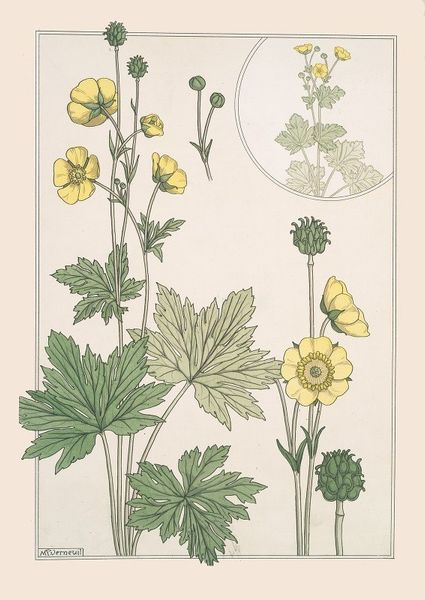
Ranunculus acris (guldknap-ranunkel); Ranunculus aconitifolius (sølvknap-ranunkel) 1635 - 1664
0:00
0:00
drawing, gouache
#
drawing
#
gouache
#
northern-renaissance
#
botanical art
Dimensions: 375 mm (height) x 265 mm (width) x 85 mm (depth) (monteringsmaal), 358 mm (height) x 250 mm (width) (bladmaal)
Hans Simon Holtzbecker made this botanical illustration of buttercups around the mid-17th century using watercolor and gouache. The natural sciences were flourishing at this time, fueled by exploration and the desire to classify the natural world. But Holtzbecker wasn't simply making a neutral record of flora. He was employed as a court painter, and his work reflected the interests and patronage of the elite. Botanical illustrations like this one were often commissioned for lavish books or to decorate the homes of wealthy collectors. They signified not just knowledge, but also status and access to luxury. Consider the role of institutions in shaping art. Holtzbecker's position within the court, and the expectations of his patrons, would have influenced his choice of subject and style. To fully understand this image, we need to explore the social and economic context of 17th-century botanical illustration. We might look at court records, botanical treatises, and even garden designs to understand the values and priorities that shaped its creation.
Comments
No comments
Be the first to comment and join the conversation on the ultimate creative platform.
